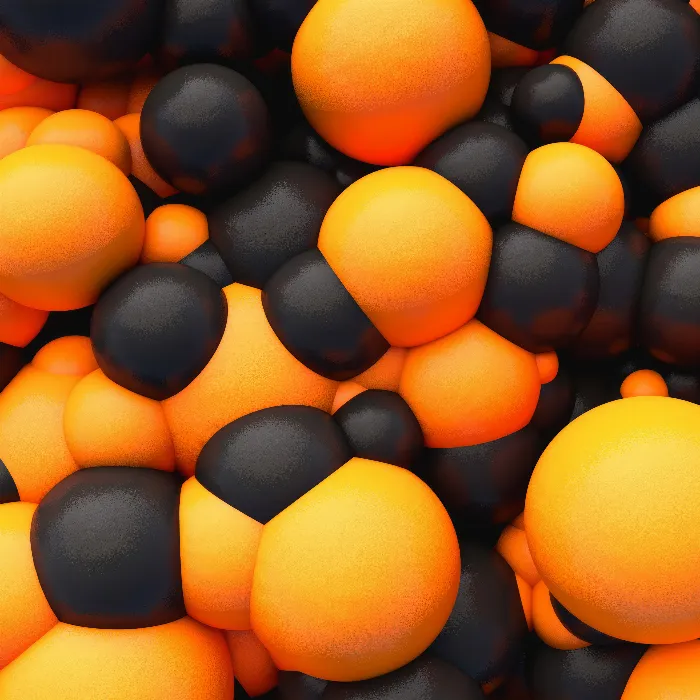In the field of 3D animation and visualization, the Shader-Effector in Cinema 4D opens up exciting possibilities for controlling objects. With this guide, you will go step by step through the process of applying shader effects to your clones and experimenting creatively. Be ready to enhance your animations with textures and bring new energy to your projects.
Key Insights
- The Shader-Effector changes the transformation of clones based on textures.
- You can assign your own textures or materials from the scene.
- Animated textures or videos take the Shader-Effector to the next level.
- The grayscale of a texture determines how strongly the effects are applied.
Step-by-Step Guide
Setting Up Clone Object and Shader-Effector
First, create your clone object. To do this, go to the corresponding function in Cinema 4D and select the desired format. Then load the Shader-Effector. This will be directly assigned to your clone object and will immediately start manipulating the clones. But beware: initially, it will simply scale all clones upwards. Therefore, you need to adjust the settings to achieve the desired effects.
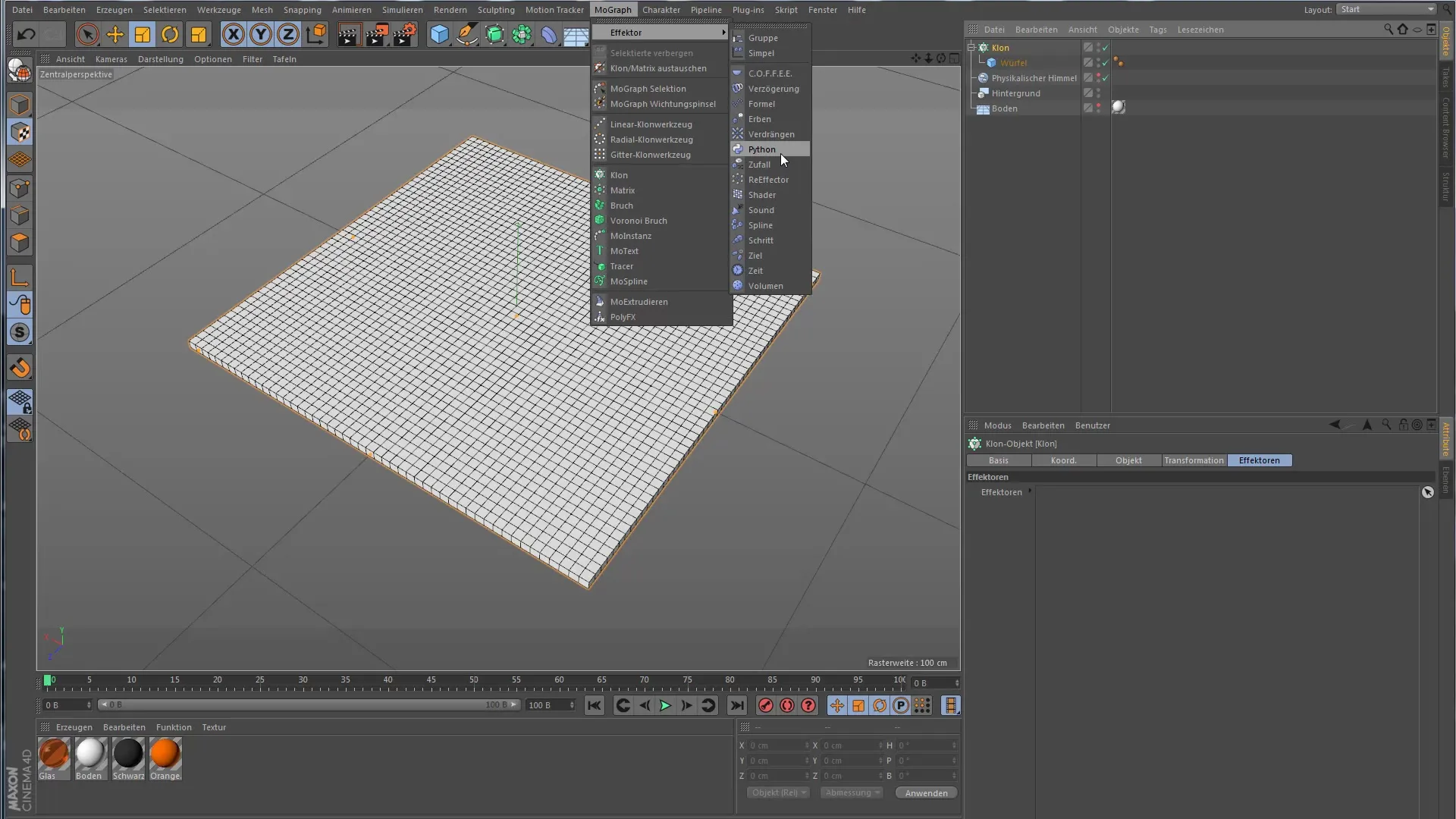
Creating a Shader and Applying Texture
Now you need a shader for the effector to work with. Create a new material by double-clicking in the material window. You do not need reflectivity, but you will create your texture under the color channel. An example of this would be using a checkered surface to make the effect visible. This texture ensures that the shader can apply the transformation values accordingly.
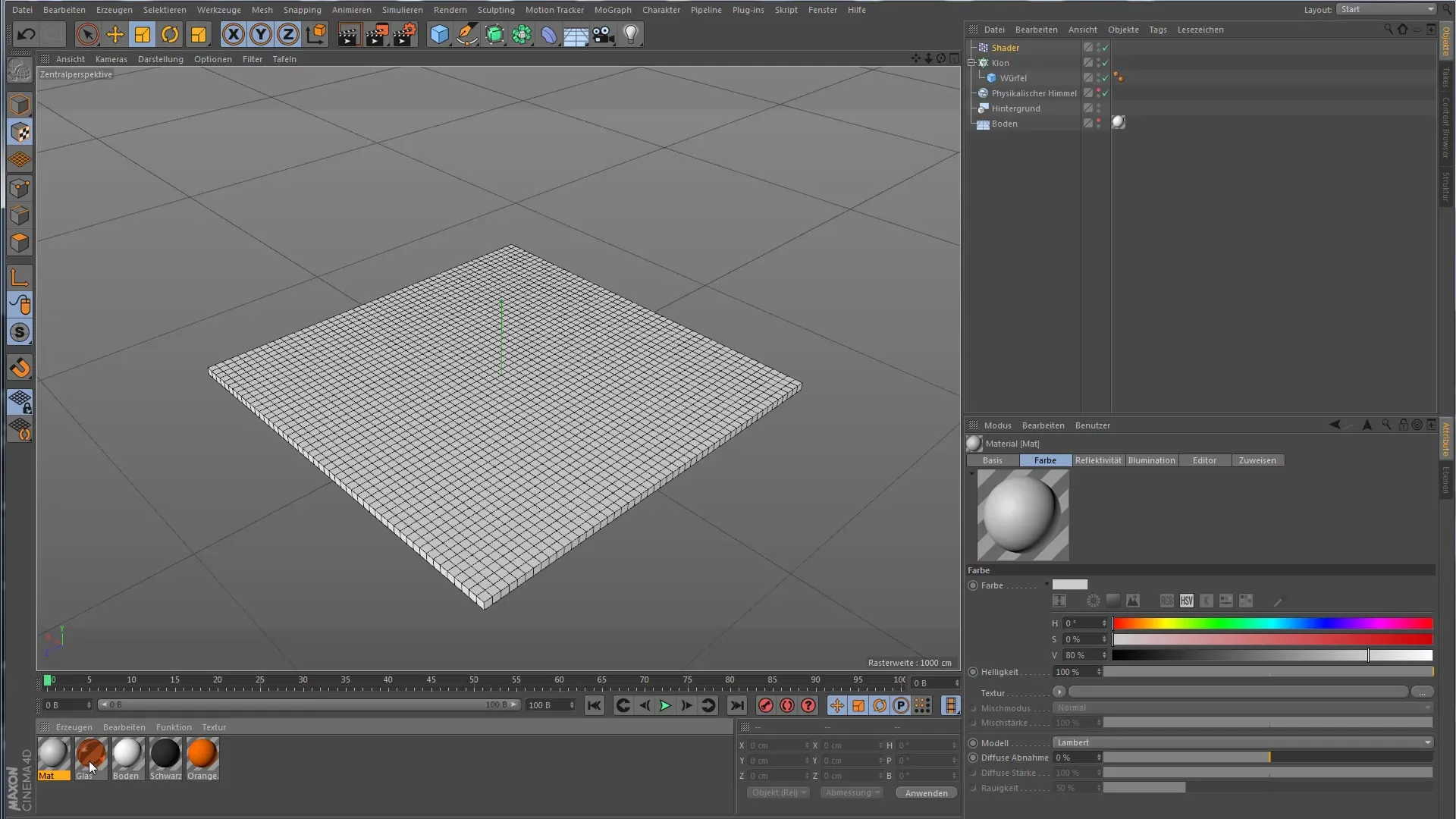
Adjusting Projection Settings
Now go to the texture settings to adjust the projection. By default, the texture may be projected sideways, which is not desired. You need to switch to "Area" and ensure that the projection comes from above. Rotate the texture by 90 degrees to achieve the desired effect. At the same time, you can increase the size of the texture to ensure an even distribution.
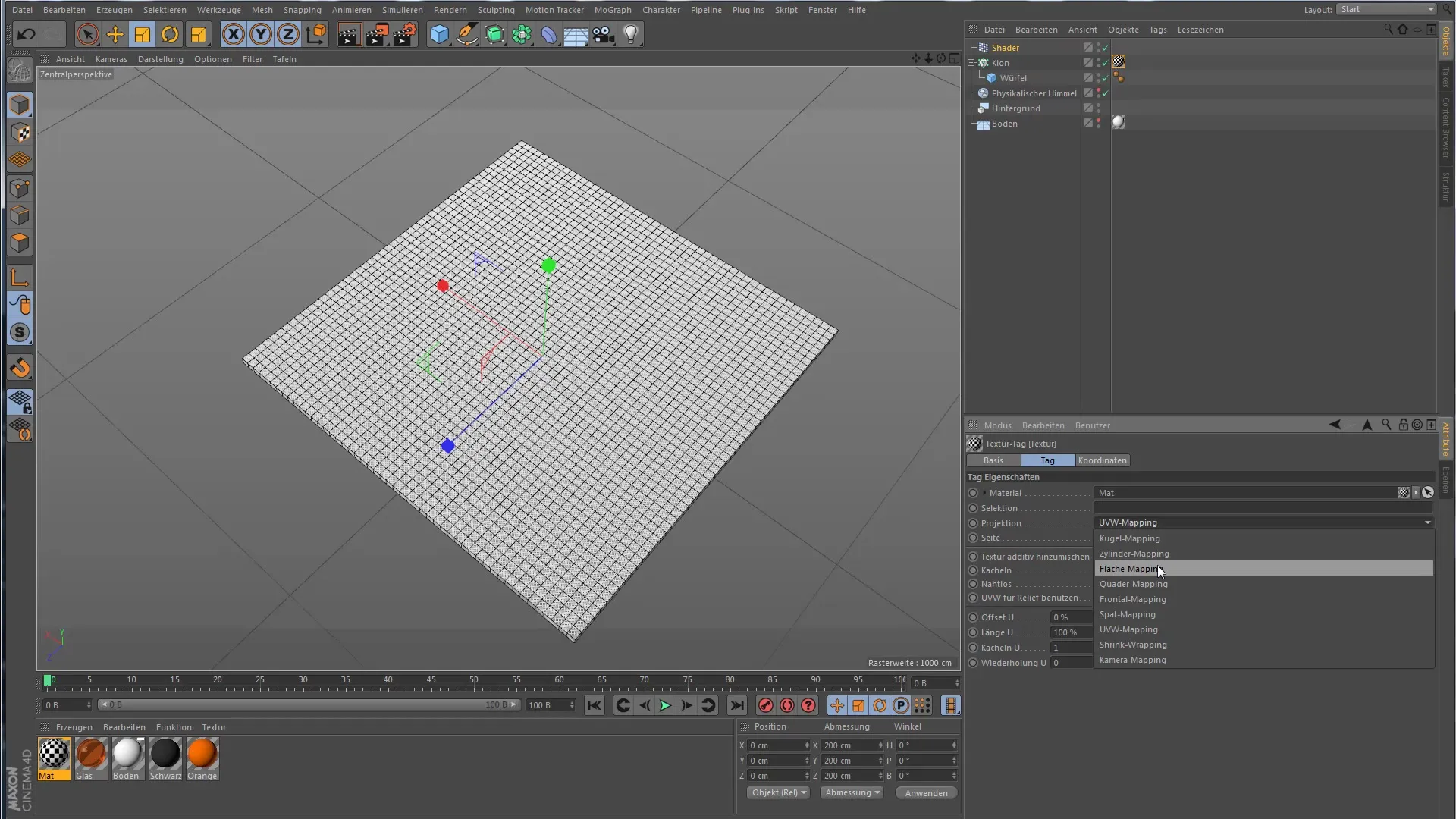
Understanding Grayscale
The Shader-Effector uses the grayscale of the texture to apply effects. Black areas of the texture result in no transformation, while white areas cause the full transformation. A gray area will be partially transformed. To simulate different effects, you can use random grayscales in the texture and observe how the clones move or rotate accordingly.
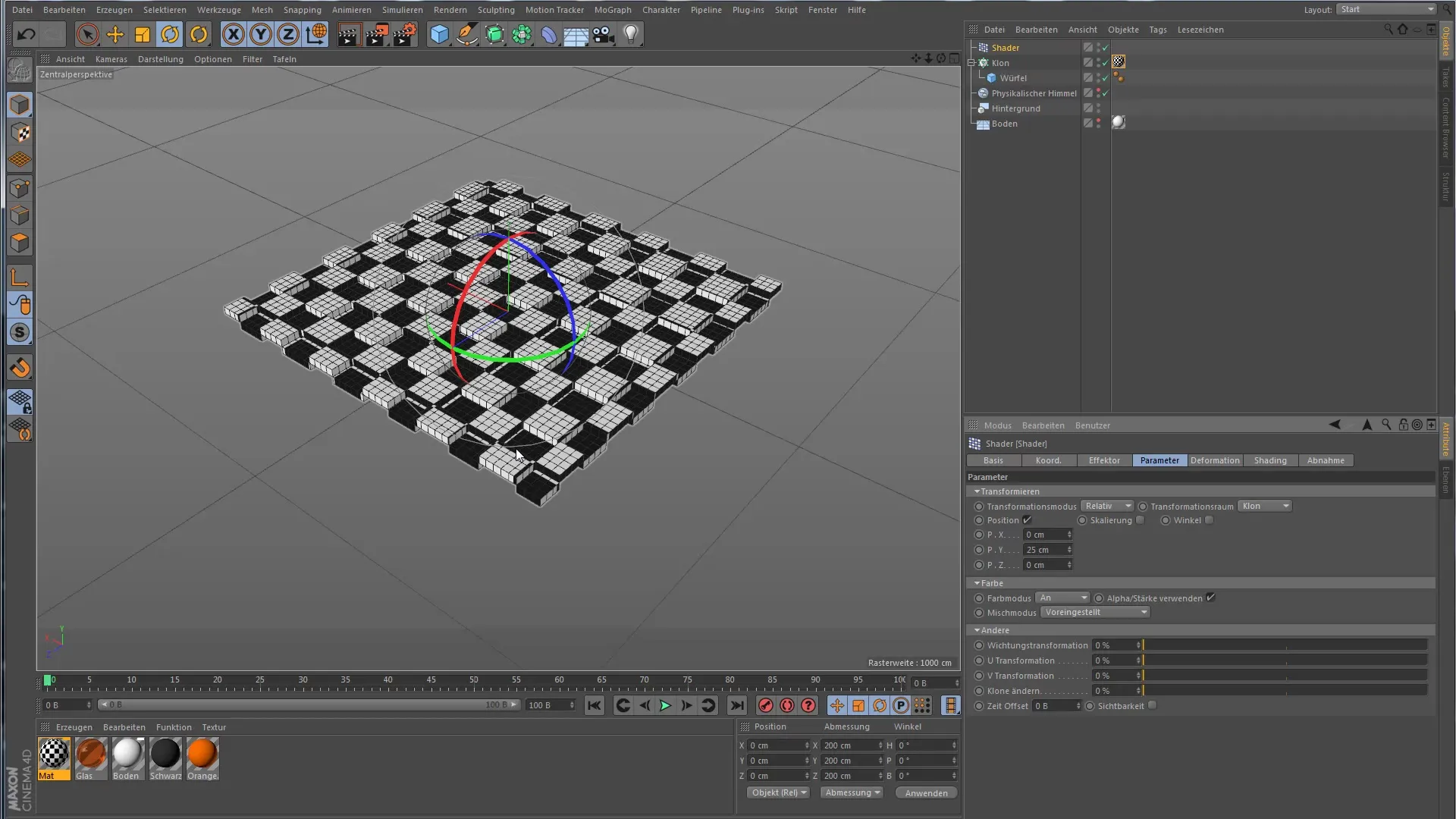
Using Animated Textures
To extend the possibilities of the Shader Effect, you can also use animated textures or videos. To do this, load a material into the Shader-Effector and activate the animated texture. You will notice that the shader now responds dynamically to the animation. Keep in mind that you need to adjust the position of the texture so that it is applied correctly to your clones.
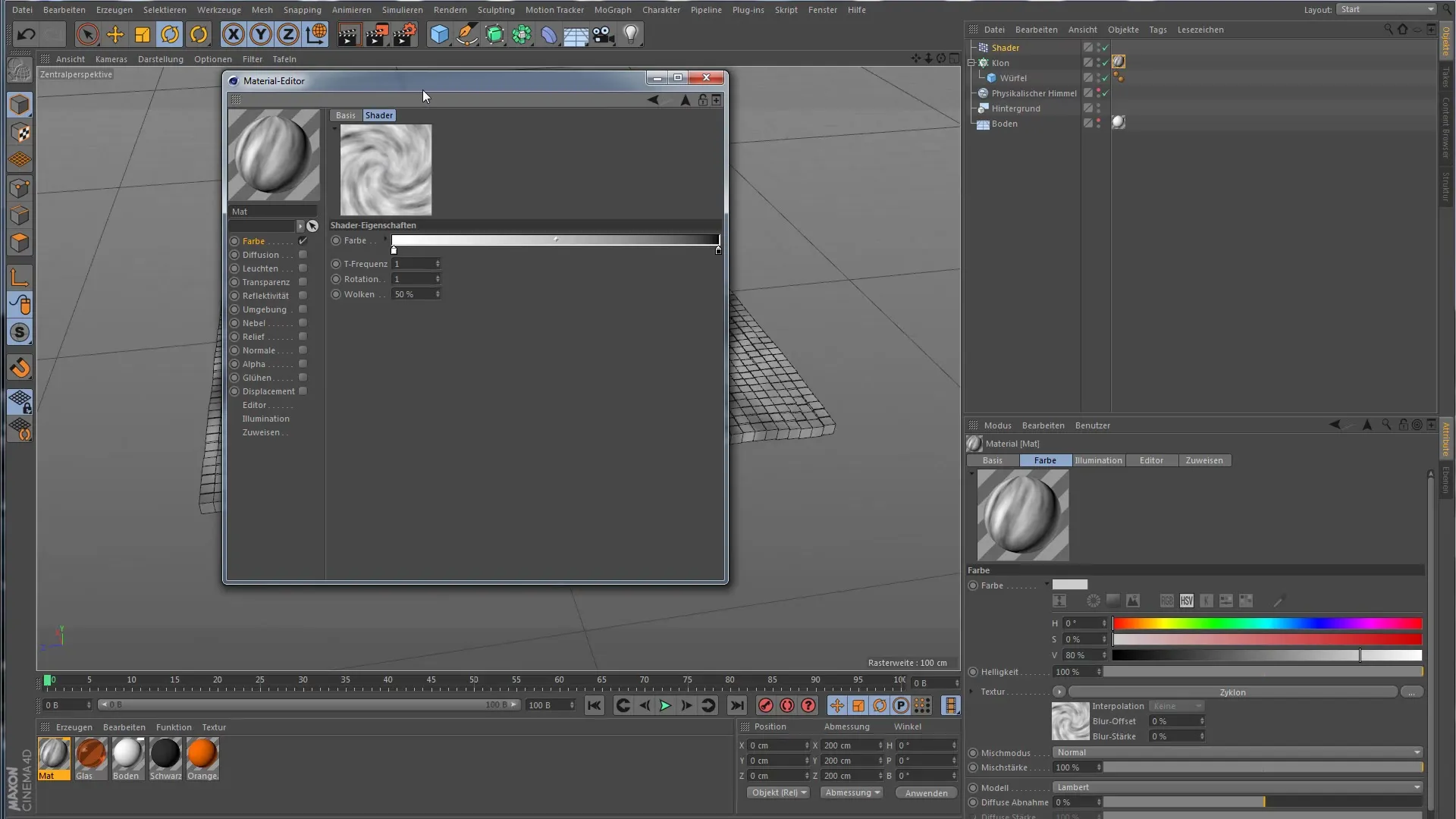
Adjusting Texture and Animation
To make the movement of the clones more visible, it may be necessary to intensify the grayscales of the texture. Increase the contrast and adjust the settings as needed. You can tweak the parameters until the desired movements are clearly visible. Once adjusted, add the material back to your clone object to check the results.
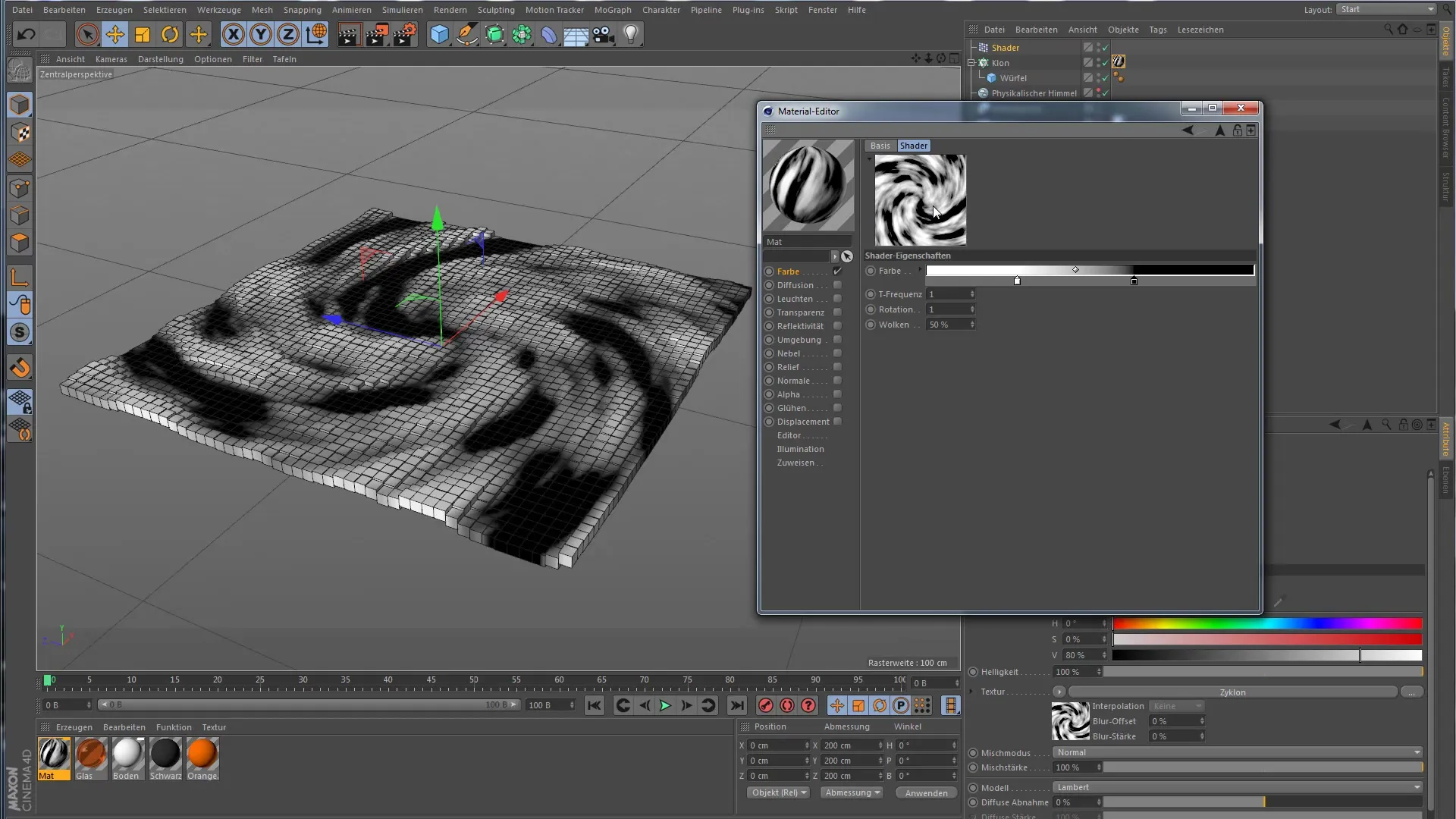
Refining the Effect
Finally, you can further refine the effect by adding a delay effect. This adds more smoothness to the animation and makes the movements of the clones more appealing and realistic. Play with the parameter values to achieve the perfect look and feel for your animations.
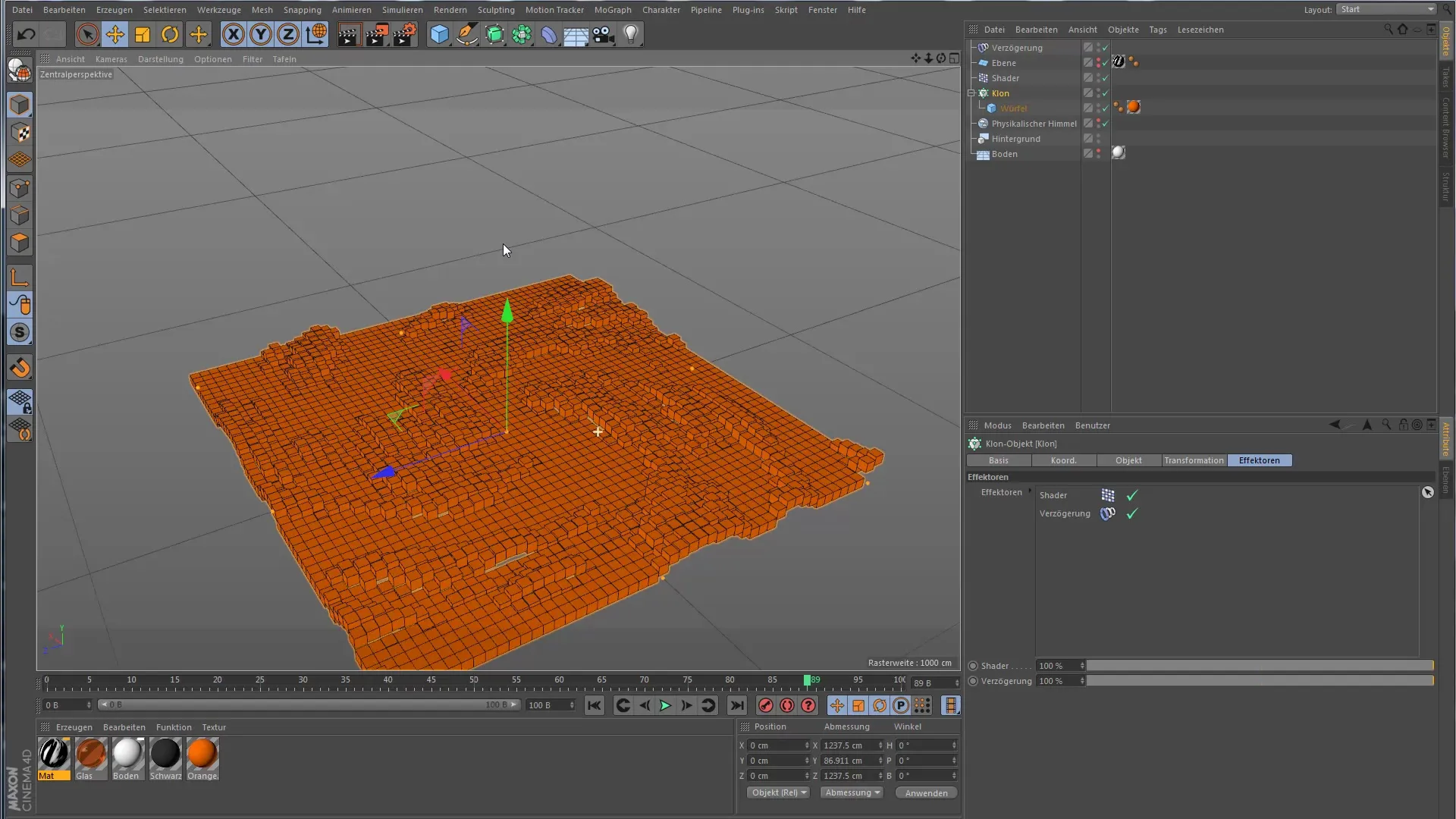
Summary – Shader-Effector in Cinema 4D for Creative Animations
The Shader-Effector in Cinema 4D is a powerful tool to dynamically transform clones based on textures. With the steps described, you can create your own shaders, adjust the projection function, and even use animated textures to bring more life to your projects.
Frequently Asked Questions
How do I create a shader for my clones?You create a shader in Cinema 4D by creating a new material in the material editor and inserting the desired texture.
How does grayscale control work in the Shader-Effector?The grayscales of the texture determine how strongly the transformation is applied to the clones: black means no change, white means full application of the value.
Can I use animated textures in the Shader-Effector?Yes, you can use animated textures or videos in the Shader-Effector to achieve dynamic effects.
What texture projection settings are optimal for the Shader-Effector?For the Shader-Effector, the "Area" projection is often most effective to ensure that the texture is correctly applied to the clones.
How can I make my clones’ movements smoother?By adding a delay effect, you can make the movement of the clones smoother and more pleasant.
